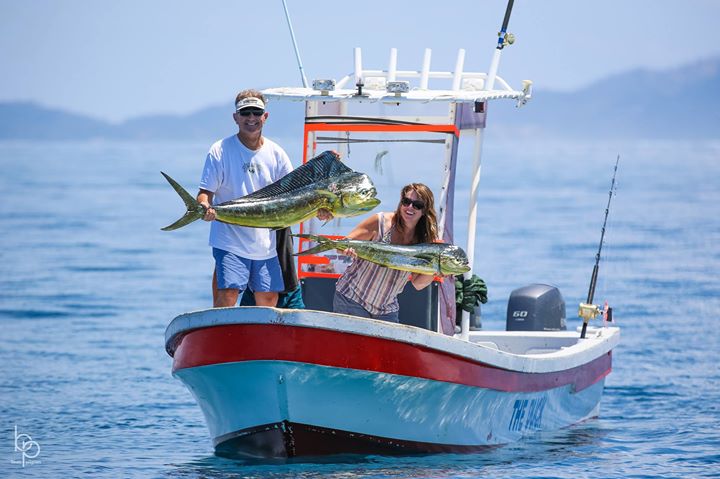Most visitors to Namotu Island come to take advantage of its close proximity to many of the world's top surf spots. But many others come to enjoy the fishing. In Fiji, you'll find schools of blue marlin, dogtooth tuna and giant trevally swimming under the water's surface. Wahoo, mahi mahi and Spanish mackerel are also there for the taking.
That's not to suggest sport fishing in Fiji is easy. Even experienced anglers find it to be an invigorating challenge. Whether you're a novice or a pro, having the proper gear will go a long way toward making the experience a rewarding one. Here's how to choose the right rod, reel and lures for your next outing.
Selecting The Perfect Rod
Rods come in a variety of choices. Your decision should take into account construction and type of action. Some rods are made of fibreglass while others are made of graphite. Still others are made from a composite of the two materials.
Fibreglass is stronger than graphite, but offers less feedback. It's ideal if you're going after huge fish that are expected to put up a ferocious fight.
Graphite is not only lighter than fibreglass, but offers faster action. The amount of action in a rod refers to its bend. More action means less bend. Graphite is preferred by a lot of anglers because its limited bend makes it easier to set the hook.
Choosing A Reel Based On Fishing Technique
Don't underestimate the influence of a good reel. It can mean the difference between landing that prized marlin or wahoo, or going back to your beach bure empty-handed. For good reason, experienced anglers consider their reels to be the most important piece of their gear.
Every reel has a winding arm, spool and gear set. When a fish gets caught on your hook, you use the winding arm to control the fishing line. As you do so, the spool rotates, supporting the line's release and retrieval. Gears can be chosen to not only control the spool's rotation, but to also provide leverage when needed.
For trolling and jigging, both of which you'll do while fishing in Fiji, you'll want to use a conventional baitcasting reel. It's a better option than a spinning reel, which tends to be less sturdy and less precise with casting. A baitcasting reel also offers better drag, which is useful when trolling for large species.
Getting Maximum Mileage From Your Lures
The best lures to use in Fiji are those that are colourful with lots of action. Jigs are popular among saltwater anglers because they're versatile. They're designed with a lead sinker and can be dressed up with multi-coloured feathers, hair and rubber skirts to attract prey.
A lot of beginners like to start with spinners. These lures have 2 basic parts: a hook and a metal blade. The blade spins around the hook as the lure is pulled through the water. Its spin reflects light and causes a vibration that draws in fish.
Make sure the hook on your lure is sharp. A dull hook can be shaken off by your prey. Also, be willing to try different lures if the ones you're using are not working. Lastly, if the water is clear and the sun is bright, use lures with bright colours. If the day is overcast, opt for more subtly-coloured lures.
You'll have a great time fishing in Fiji, regardless of the type of gear you use. The pleasant climate, extraordinary scenery and peacefulness on the water are exhilarating. Plan your next big-game fishing excursion by booking your accommodations at the award-winning Namotu Island Resort.

